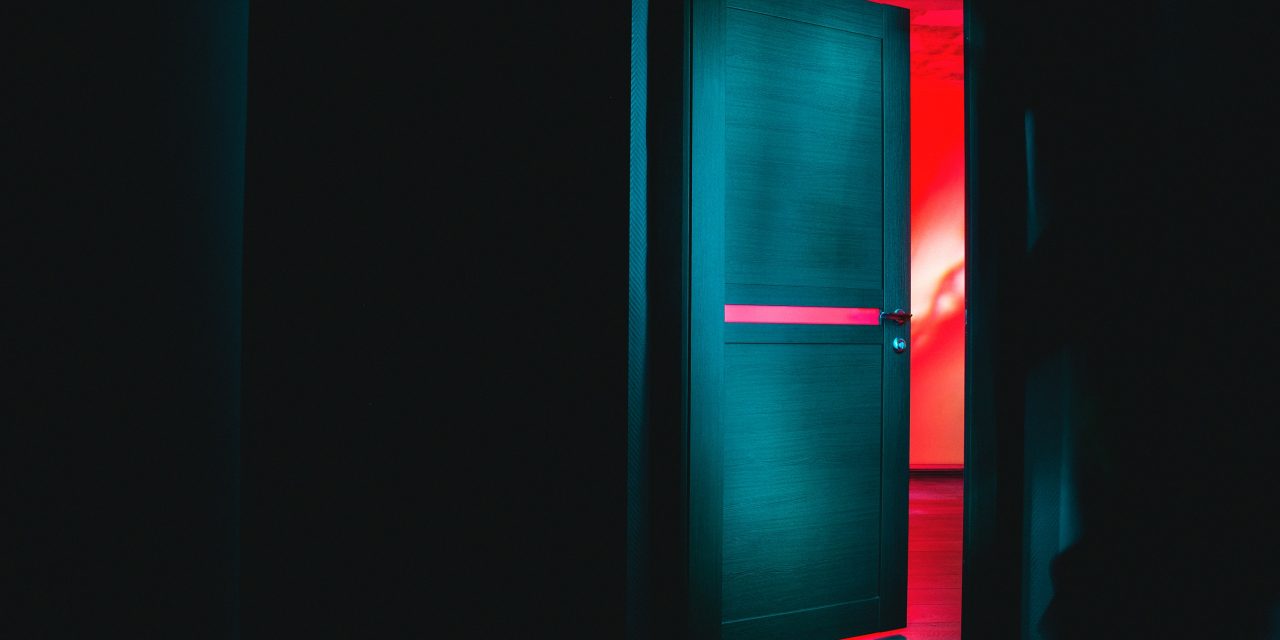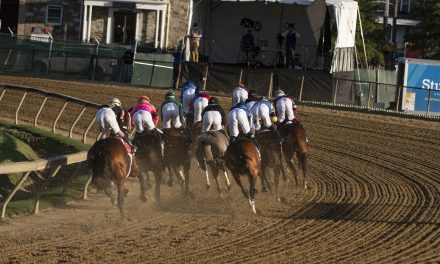Whoever thinks of speakeasies now is all too familiar with their illegal character during the Prohibition years of 1920s North-America. However, aside from this illegality, there’s curiosity, wonder, amazement perhaps – the speakeasy became the symbol of persistence and dangerous glamour. And after years of disappearance, the turn of the century marked a revived appreciation of the speakeasy style. There’s an appeal to its stubbornness; its unforgiving yet inclusive spirit. So let’s look back on the history of the speakeasy as the misfit in a dulled society in the wake of a European Great War and on the verge of economic reformation.
The social liberation
Following economic changes by the Federal Government, social life was more and more typified by leisure. This was a welcome change to intensive farm work and industrial labour. It’s no wonder then that the consumer society we know today is rooted in early 1920s America of the twentieth century. And alongside this growing liberty of social life, and much to the illusion of dedicated Christian conservatives, alcohol once again became the norm.
Ever since the introduction of alcohol into the civil lives of the American middle class, it has fulfilled a prominent role. By the end of the nineteenth century, heavy drinking was normalized – naturalized even. Several states adhered to a dry law to minimize the damage alcohol had done and would do in the future to the cornerstone of American civilization: the family. However, despite earlier attempts by so-called dry groups, a national act failed to take form until January 17, 1920.
With the introduction of the National prohibition Act, the country went dry.
Bootlegging as a crafts form
While the Prohibition Act had successfully diminished the number of deaths and accidents as a consequence of heavy drinking, soon after its introduction, illegal home brewing activities sprouted across the nation. Industrial alcohols like ethyl or methyl alcohol were used to produce alcoholic beverages and bootleggers became more and more creative with their ingredients as the US government tried to put a halt to the illegal activities by poisoning industrial alcohol. To no surprise, the continuous mixture and renaturing led to many finding their death over drinking the bootlegged alcohol.
Drinking bootlegged alcohol at one’s own risk was a reality for the generally poor middle class. The upper class of wealthy aristocrats, however, often had access to a private collection of booze that had not been seized. Naturally, this inequality resulted in great indignation among the lower classes. It appeared that the Prohibition Act was merely directed at its greatest troublemakers.
Mobs, bootleggers and secret drinking
During the same time as the Prohibition Act took form, the mafia got more and more hold of the American economy and infrastructure. Corrupt politicians allowed for an increasing control of mobs led by gangsters, of which Al Capone the most notorious. A network of bootleggers and mafia emerged across the country, supplying illegal bars with alcohol – marking the birth of the speakeasy.
Speakeasies became well-visited and often relied on backrooms out of sight from the street’s eye. The reality of secret doors and moving bookcases strengthened the illusion and secrecy of the speakeasy even more. Gambling too was a natural habit of those visiting the speakeasies on a regular basis. One would enter the speakeasy on secret terms, order a glass of bootleg whiskey and play a hand of baccarat with fellow enthusiasts.
The speakeasy as a symbol of modernity
So while all that is the speakeasy is illegal, why is the appeal of the liquor selling establishment unmistakably present to this day? Maybe this illegality is precisely what appeals to the imagination. The excitement of living the gangster life, embodying all that is forbidden. This fantasy is truly perpendicular to modern society where things are regulated to the absolute detail.
Perhaps the modern speakeasy is an escape to reality – and so being, it has never changed.











